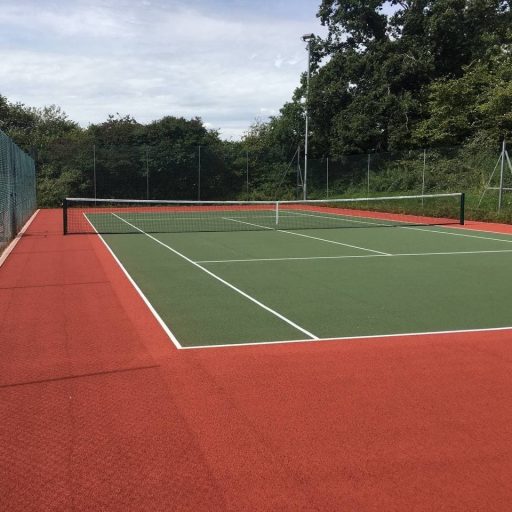Introduction: Ensuring accessibility, including tennis courts, is critical to any construction or refurbishment project. For tennis court facilities undergoing refurbishment, compliance with the Americans with Disabilities Act (ADA) is a legal requirement and a commitment to inclusivity and equal access for all. In this blog post, we explore the importance of ADA compliance in tennis court refurbishment and highlight key considerations to ensure accessibility for everyone.
Understanding ADA Compliance
The Americans with Disabilities Act (ADA), enacted in 1990 and updated in 2010, sets standards for accessibility in various public facilities, including sports venues like tennis courts. ADA compliance aims to remove barriers that may prevent individuals with disabilities from participating fully in recreational activities and accessing facilities.
Key Considerations for Tennis Court Refurbishment
When refurbishing tennis courts to meet ADA standards, several factors must be considered to ensure accessibility:
- Path of Travel: ADA guidelines require accessible travel paths from parking areas, restrooms, and other facilities to the tennis courts. Clear, level pathways with adequate width and smooth surfaces are essential.
- Entrances and Exits: Accessible entrances to the tennis court area must be provided, typically with ramps or lifts where necessary. Gates and doorways should be sufficient width to accommodate wheelchairs and easy to open and close.
- Court Surfaces: Tennis courts should have a smooth, slip-resistant surface that is firm and stable for wheelchair users and individuals with mobility aids. The surface should also be free of obstacles and hazards.
- Seating and Viewing Areas: Accessible seating options with clear lines of sight to the courts should be available. Seating areas should be level, stable, and integrated into the overall design without obstructing pathways.
- Signage and Communication: Clear and visible signage with tactile elements should be installed to guide individuals with visual impairments. Informational signs, including those for restrooms and amenities, should be accessible and easy to read.
- Restroom Facilities: Nearby restroom facilities must be accessible, with features like grab bars, accessible sinks, and clear floor space for manoeuvrability.
Benefits of ADA Compliance
Ensuring ADA compliance in tennis court refurbishment offers several benefits:
- Inclusivity: It allows individuals with disabilities to participate in tennis and other recreational activities, promoting social inclusion and diversity.
- Legal Compliance: Avoiding legal issues and potential fines associated with non-compliance with ADA regulations.
- Enhanced Reputation: Demonstrating a commitment to accessibility enhances the reputation of tennis facilities and promotes community engagement.
Consulting with Accessibility Experts
Consulting with accessibility experts and ADA specialists is crucial for tennis court construction and refurbishment projects. They can provide guidance on meeting specific ADA requirements and ensure that designs and modifications comply with current regulations.
Conclusion: Incorporating ADA compliance into tennis court refurbishment projects is a legal obligation and a fundamental step towards creating inclusive and accessible recreational spaces. By prioritising accessibility, tennis court facilities in Sussex can enhance their appeal, usability, and community impact
Call us on: 01892 351125
Click here to find out more about Tennis Court Construction Sussex
Click here to complete our contact form and see how we can help you with your court’s needs.
